
This post looks at the Great Terror, sometimes called the Great Purge, that Joseph Stalin unleashed upon the Soviet Union beginning in 1936. Learn more from our podcast episode, Evil Men, in our Never Again, Again history of genocide series.
The immediate aftermath of the Russian Revolution left Vladimir Lenin in the role of dictator. It was planned as a temporary status while the new Soviet Union transitioned to communism. Upon Lenin’s death, Joseph Stalin assumed leadership of the Soviet Union and maintained the role of dictator until he died in 1953. Today we know Stalin was one of the evilest rulers that ever lived, and it is difficult to comprehend any description of his reign aside from an iron grip on power. That was not the case in the 1920s and 30s.
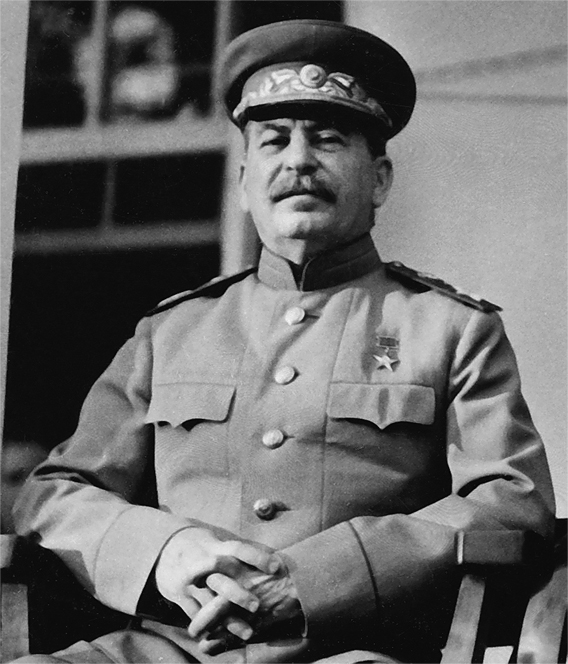
Shortly after coming to power, Stalin ushered in a tumultuous era of collectivization that wrecked the Soviet economy to accommodate Communist ideals. Millions died by execution, the gulag prison system, or starvation during that period. Next came the era of dekulakization, in which less poor peasants were identified as kulaks and destroyed. Kulaks were a made-up people group to whom Stalin assigned the blame for all the turmoil of collectivization. Once again, millions more died. Then came the Holodomor, or The Great Famine, in which Stalin managed to starve millions to death in a land known as the breadbasket of Europe.
By the end of Stalin’s first decade in power, tens of millions had fallen victim to his murderous regime, and the economy was cratering. Meanwhile, a rising Japan posed a threat for war in the east, and a rising Germany posed a threat for war in the west. In that context, Stalin found himself terribly insecure. While paranoia likely ranked as a significant driver in the dictator’s arsenal of leadership values, it is reasonable to believe that the threats to his rule that Stalin perceived around every corner could have been legitimate.
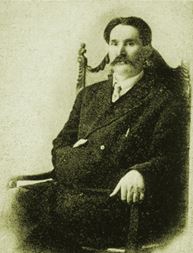
That was the context for the Great Terror or the Great Purge that Stalin initiated in 1936. Stalin ordered an estimated 1 million political opponents killed in the Great Purge while another 135,000 suffered in the Gulag prison system. Stalin decapitated the Soviet political and military institutions. When Hitler invaded the Soviet Union in 1941, the Germans experienced great initial success because Stalin had killed all the Soviet generals who knew how to fight a war in the Great Terror.
In 1934 following the assassination of Sergey Kirov, Stalin alleged a vast conspiracy of counter-revolutionaries existed within the Communist Party itself. Kirov was a party leader and loyal to Stalin. Still, recent historians have suggested that Stalin may have ordered Kirov’s assassination himself to provide the dictator with a pretext for purging the Communist Party.
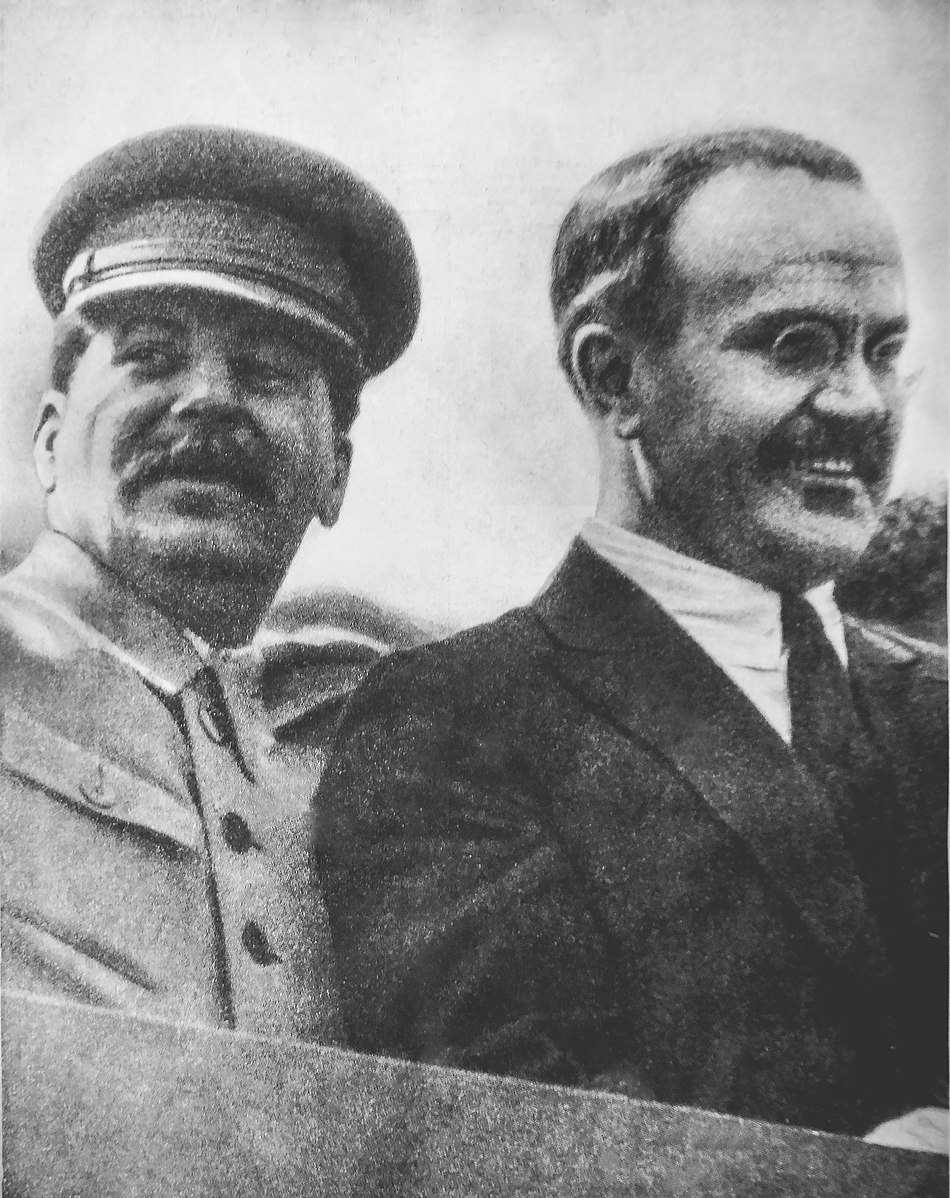
No one was safe for the next four years. Stalin began with the military but then made his way to the political leaders. Anyone who had a vision of Marxism contrary to Stalin’s fit the profile of a counter-revolutionary and in danger of prison or execution.
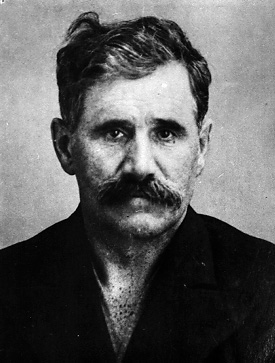
Highly publicized trials placed Communist notables before the public eye. They were accused and often forced to confess to conspiring with fascists and capitalists to dismember the Soviet Union and restore capitalism. Many of those on trial were close confidantes and loyalists to Vladimir Lenin. Now even being a Leninist was a danger in Stalinist Soviet Union. Nearly every prominent Communist that played a role in the 1917 Russian Revolution was eradicated during the Great Terror.
At a celebration of the revolution in 1937, Stalin raised a glass and offered a toast:
“We will mercilessly destroy anyone who, by his deeds or his thoughts – yes his thoughts! – threatens the unity of the socialist state. To the complete destruction of all enemies, themselves and their kin!”
Many of those tried for these conspiracies were tortured for months before they confessed to whatever was necessary. Generally, their confession included the names of other members of the Communist party that were part of the bogus conspiracy. Often the family members of the accused were arrested, women and children, and faced torture or execution until the accused confessed to their part in a conspiracy against the Soviet Union and Stalin, now understood as one and the same. Sometimes, even after the accused signed false confessions to spare their family members, Stalin cruelly continued the torture and execution of the family members of the accused.
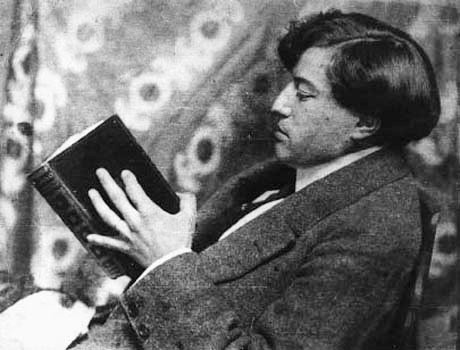
Because Stalin also feared an invasion from Poland, soon being a Soviet citizen with Polish blood accounted for conspiratorial traits. Between 1938 and 1939, Soviet forces arrested over 143,000 Polish citizens and executed 111,000. Wives of the guilty were sent to prison camps, their children to orphanages.
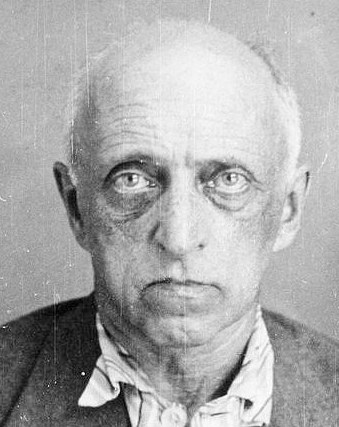
In Latvia, Stalin’s forces shot more than 16,000 Latvians as supposed spies.
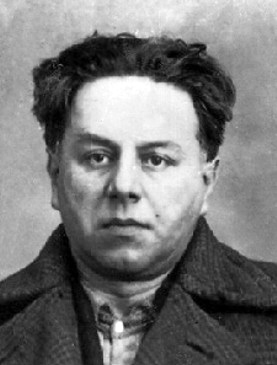
Soon local leaders were given quotas to fill regarding the number of counter-revolutionaries to turn over to the state. A quota simply served as a minimum number of names and corresponding bodies to give over to Stalin’s forces.
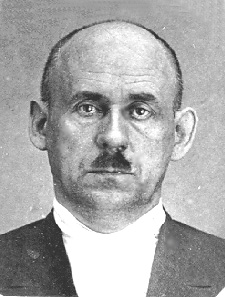
Members of the Meteorological Office were purged for failing to predict harmful weather patterns that proved detrimental to agriculture. Eventually, in a strange twist, even the leaders of Stalin’s police units who had carried out the executions of the Great Terror had the tables turned on them by Stalin. They, too, were found guilty of counter-revolutionary activity and executed.

In Timothy Snyder’s Bloodlands – Europe Between Hitler and Stalin, the author described the Great Terror’s toll on the Soviet Union’s leadership. Among the 139 Central committee members (official leaders of the Soviet Union’s Community party) elected at the party congress in 1934, 102 were arrested and shot, five more killed themselves between 1937-38. Among the 767 members of the military high command, 412 were executed, 29 died in prison, three committed suicide, and 59 remained in jail.
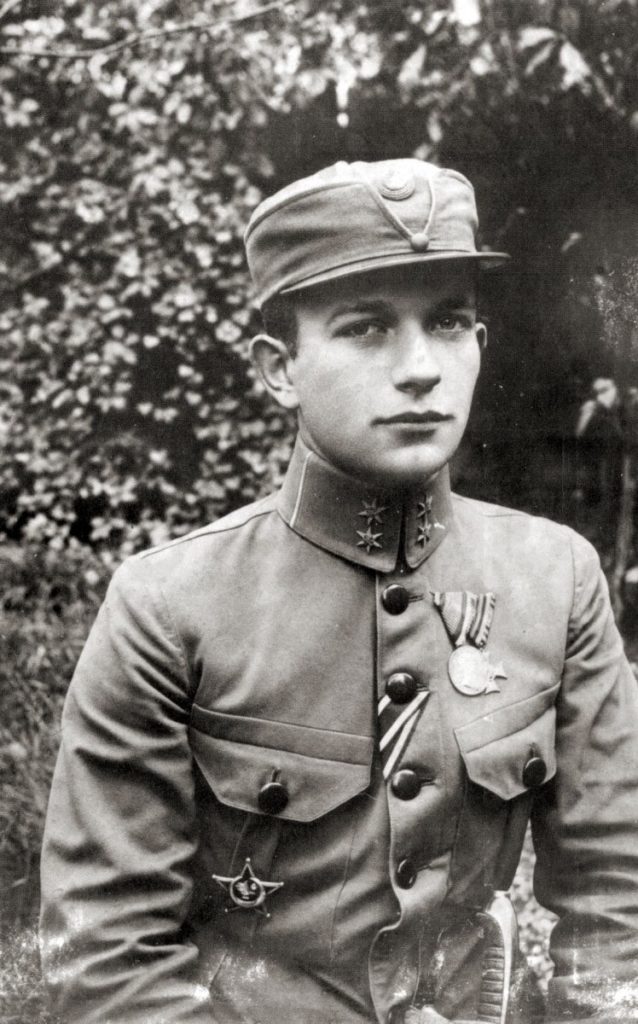
When Stalin presided over the party Congress in March 1939, only 35 of the nearly 2,000 delegates who attended the previous Communist Party congress were still around to celebrate the great leader.
Learn more about Stalin’s murders and the history of genocide in our recent podcast series covering the history of genocide – Never Again…Again
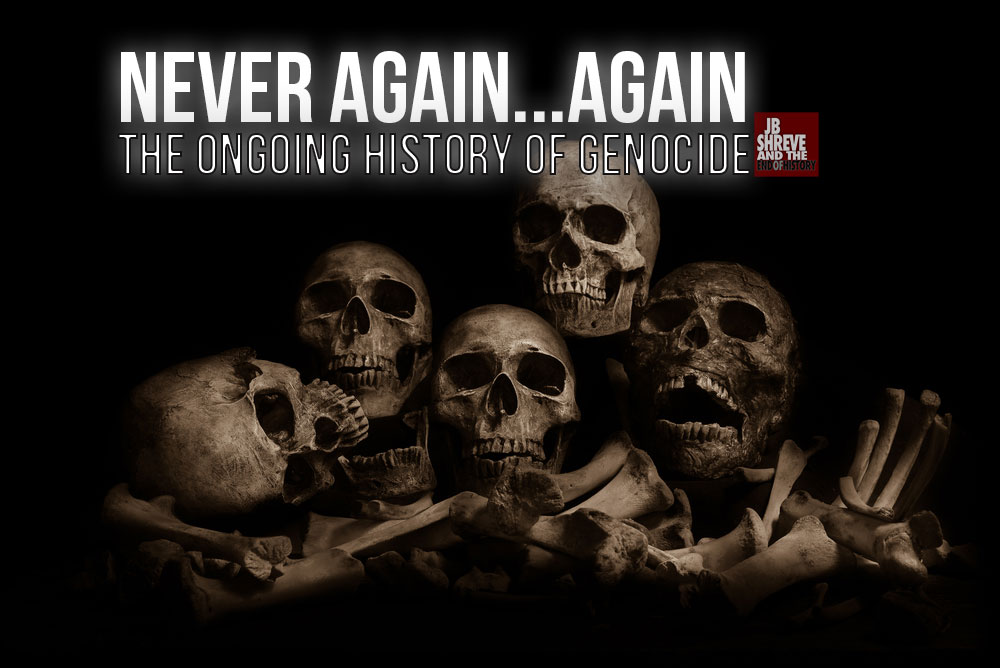
Read More about the Great Terror under Joseph Stalin here:
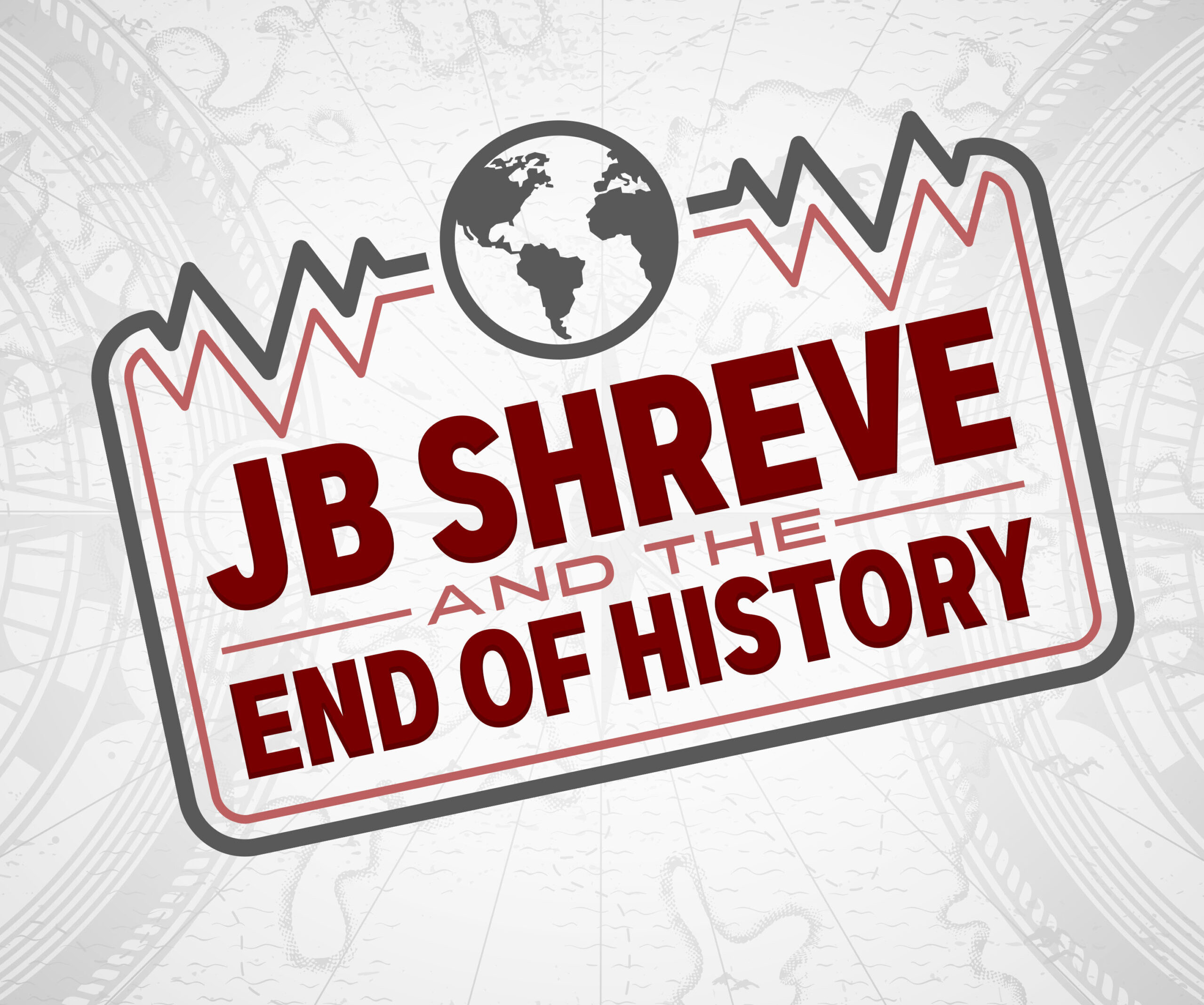
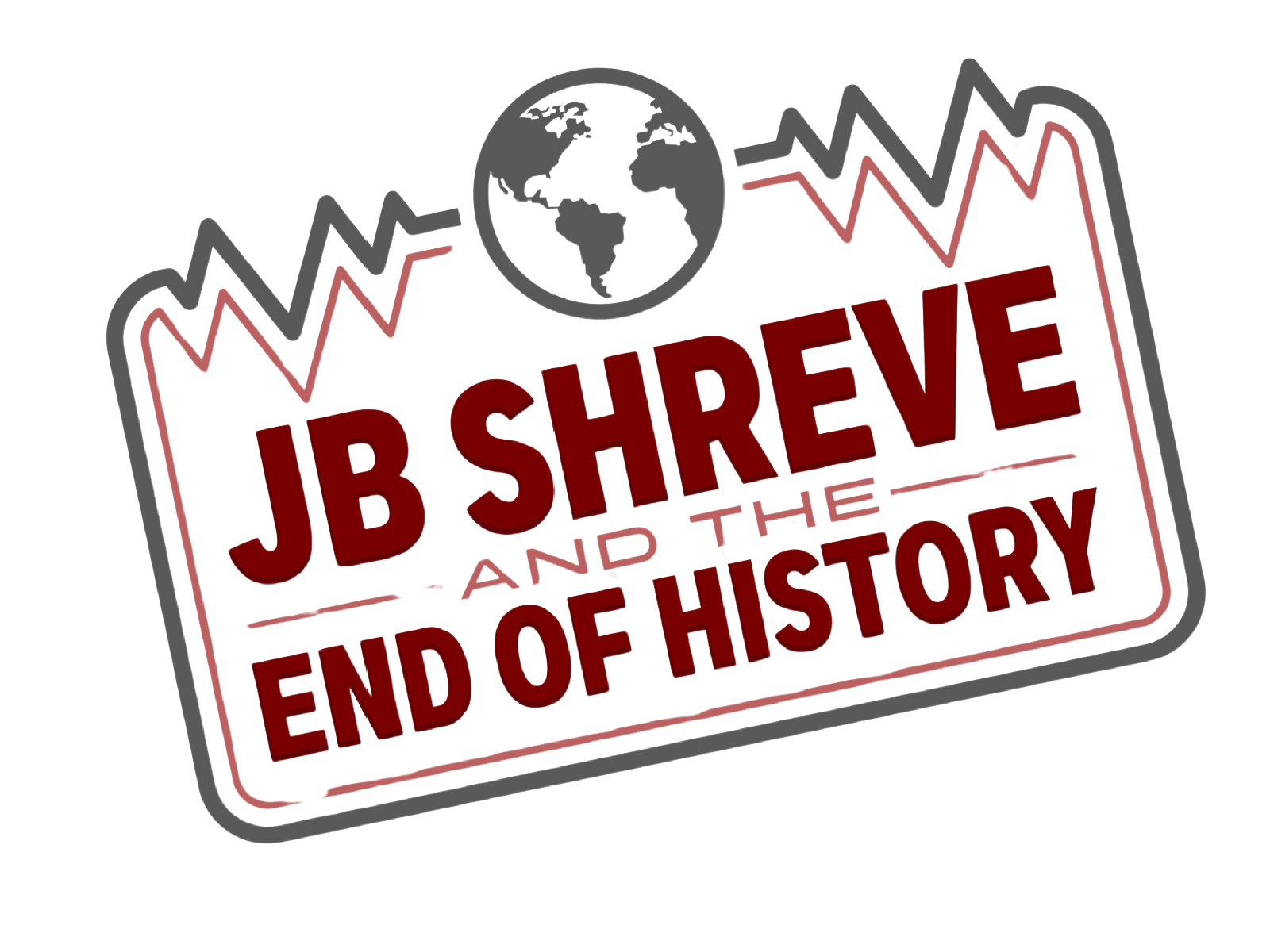

1 Comment on “The Great Terror”
Comments are closed.